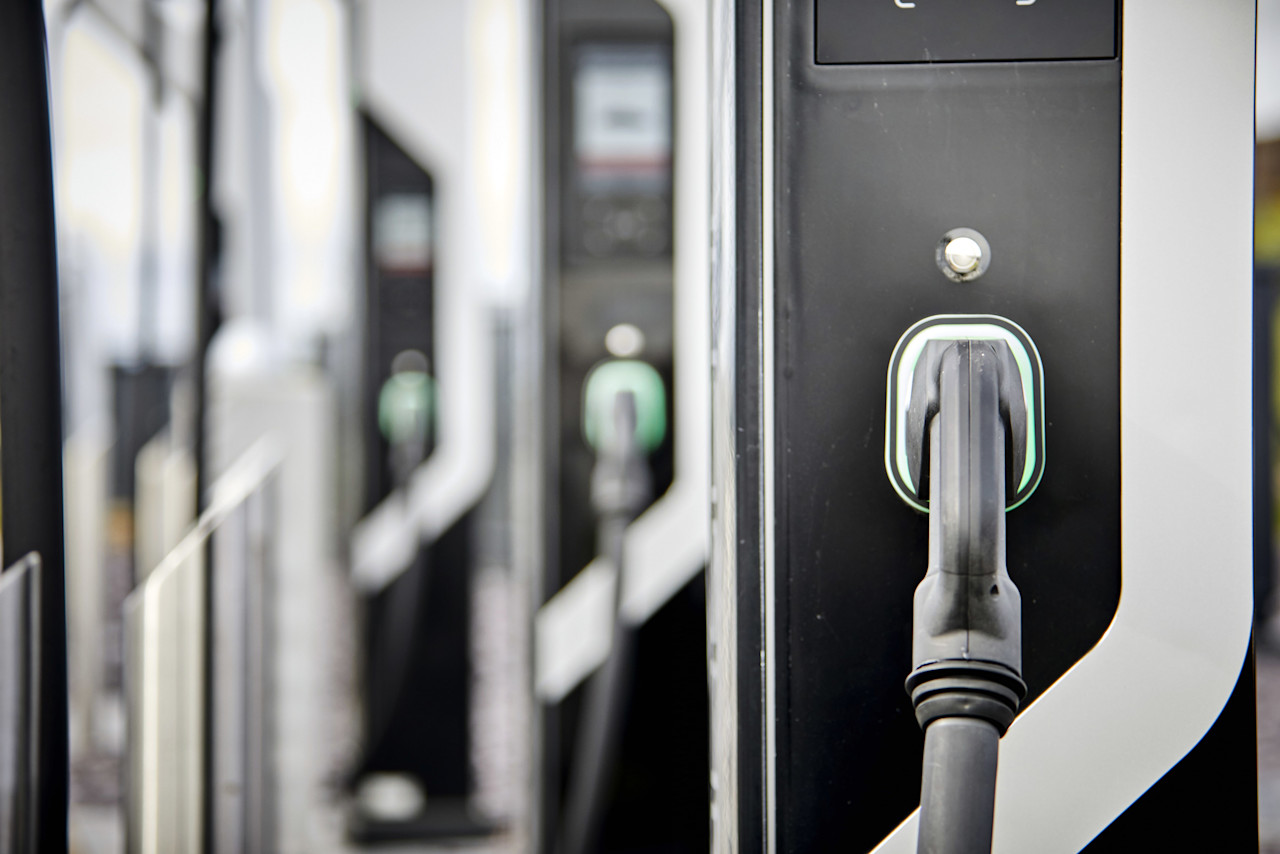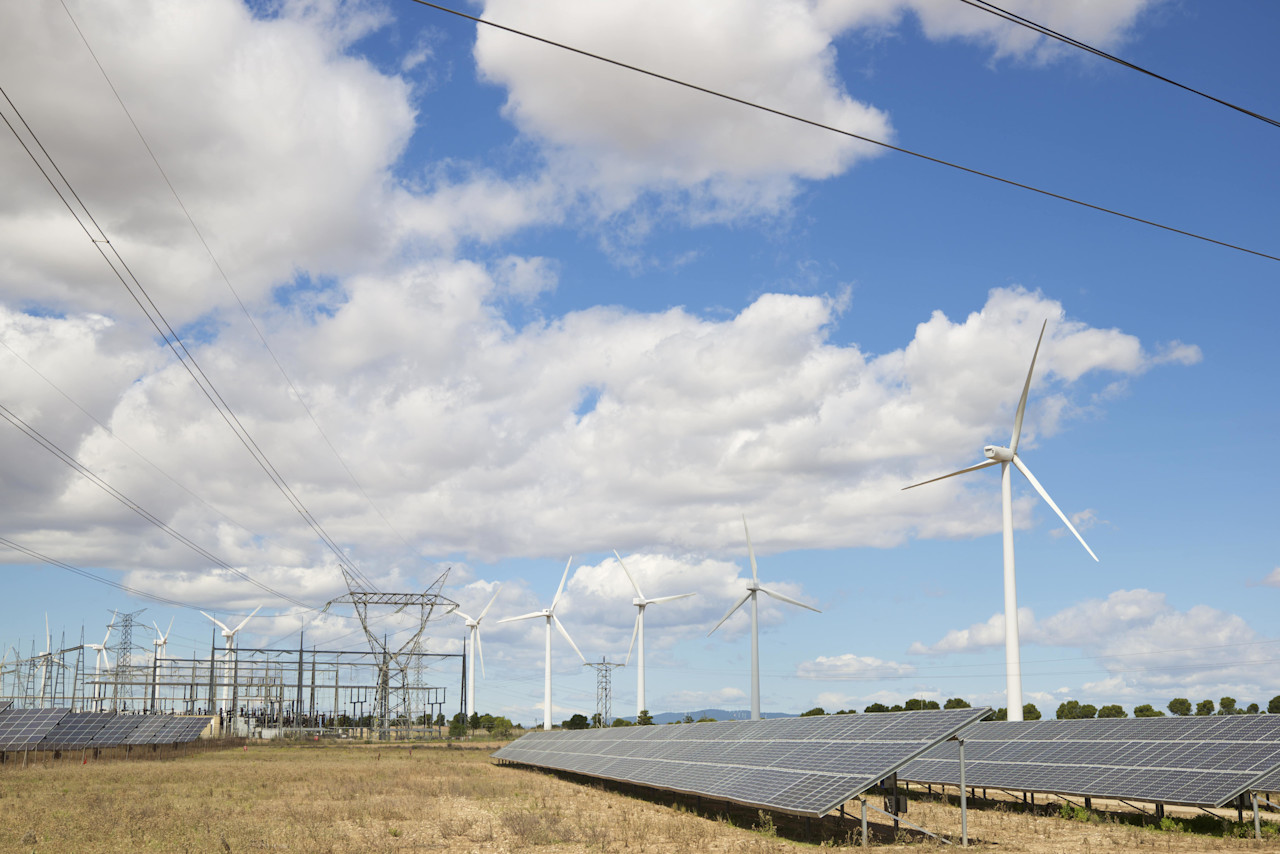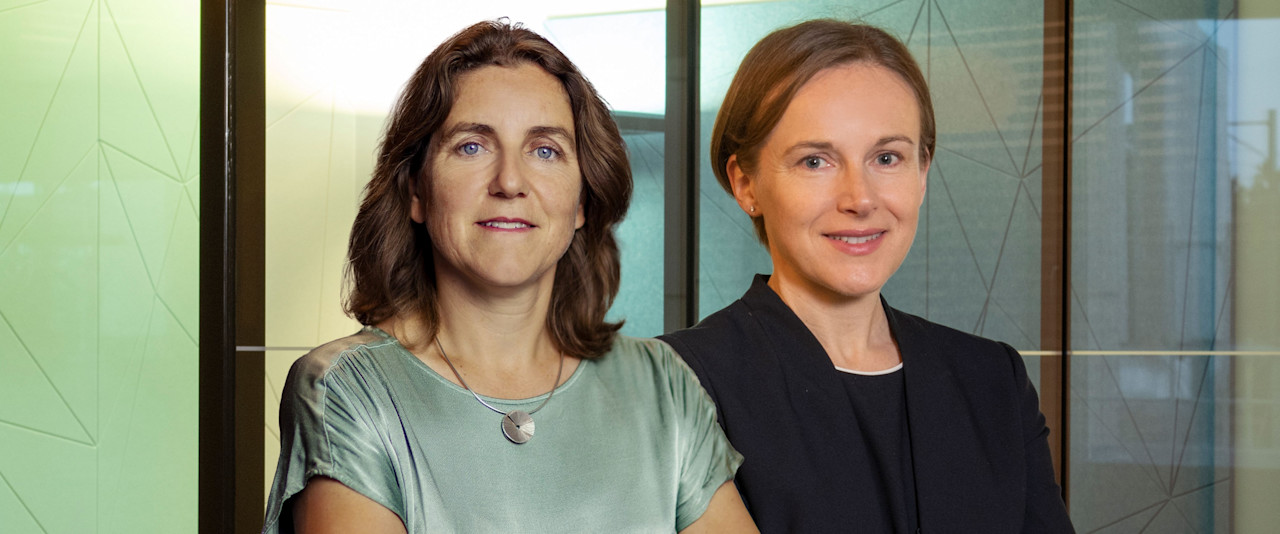The greenhouse effect occurs when heat from the sun becomes trapped in the Earth’s atmosphere rather than being reflected back into space, causing the planet to warm up.
It is a natural phenomenon that has accelerated in the past few centuries by the widescale emission of greenhouse gases such as carbon dioxide. These gases accumulate in the atmosphere, trapping infrared heat from the sun and preventing it from dissipating into space. This is the primary cause of global warming, which in turn leads to climate change.1

Emissions have risen exponentially since the industrial revolution of the 18th century led to the extensive burning of fossil fuels to generate electricity, power machinery and heat homes. The problem is increasing because solar radiation that enters the atmosphere cannot leave it, which means the planet will continue to get hotter unless emissions are reduced to net zero.
The greenhouse effect has already caused the planet to warm by more than 1°C since 1750. Much of this is now locked in and irreversible, causing climate change that can be seen in more extreme weather, melting ice caps and rising sea levels. The Paris Agreement aims to limit the global temperature rise to below 2°C above pre-industrial levels by the end of this century, and to pursue efforts to limit it to 1.5°C.
In order to achieve the lower target, the Intergovernmental Panel on Climate Change has said emissions needed to be cut by 40-60% from 2010 levels by 2030, reaching net zero around 2050. To achieve the 2°C target, emissions needed to be cut by 25% by 2030 in order to achieve net zero by 2050. This includes the fact that 0.8-1.2°C of warming has already occurred.
Carbon Dioxide over 800,000 years

Levels of CO2 in the atmosphere. Source: US National Oceanic and Atmospheric Association (NOAA)



















